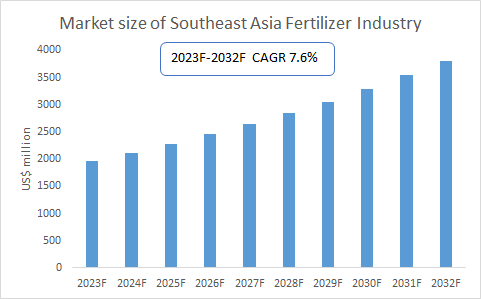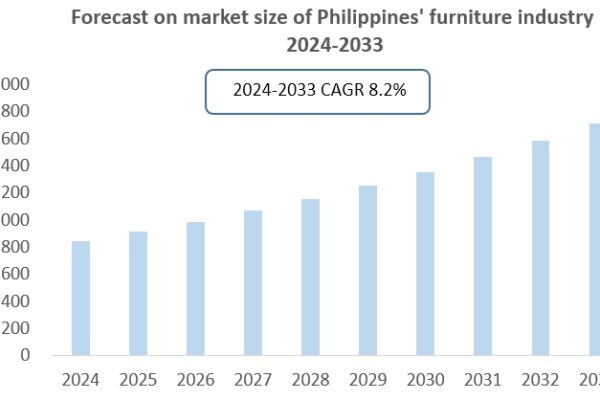Malaysia’s express delivery industry is experiencing remarkable growth, fueled by the rapid expansion of the country’s e-commerce sector. With Malaysia’s e-commerce market witnessing exponential growth, the express delivery industry is gearing up to meet the surging demand for efficient and timely deliveries.
Malaysia’s Express Delivery Industry Overview:
Malaysia’s e-commerce sector is emerging as one of Southeast Asia’s largest, outpacing more mature markets in the region. The market is set for substantial expansion, with an anticipated 20% growth in 2022 alone. This surge is driven by increasing consumer preference for online shopping and flexible payment options. Projections indicate that by 2027, Malaysia’s e-commerce market will reach an impressive $16.98 billion, with a Compound Annual Growth Rate (CAGR) of 13.6%.
E-commerce Growth Factors:
With an impressive 89% internet penetration rate, Malaysia boasts one of Southeast Asia’s highest rates of internet usage. This growth is primarily driven by a digitally savvy middle-class population seeking value deals and access to international brands.
The COVID-19 pandemic significantly impacted shopping behavior, leading to a surge in online shopping as lockdown measures restricted traditional shopping avenues. Consequently, Malaysia’s e-commerce gross merchandise sales witnessed substantial growth in both 2020 and 2021.
Express Delivery Industry: A Key Player:
Given the growing middle-class households and the expanding e-commerce market, Malaysia’s express delivery industry is set to thrive in the coming years. The sector is poised to reach a market size of $3.22 billion in 2032, experiencing a Compound Annual Growth Rate (CAGR) of 8.6% from 2023 to 2032.
Key Takeaways:
Topics covered in the report include:
- Overview of Malaysia’s Express Delivery Industry
- Economic and Policy Environment of the Express Delivery Industry
- Impact of COVID-19 on the Malaysian Express Delivery Industry
- Market Size Projections from 2023 to 2032
- Analysis of Major Industry Players
- Key Drivers and Market Opportunities
- Competitive Landscape
- Revenue Projections
- Strategies Adopted by Key Players
- Market Segment Dominance
- Challenges Faced by the Industry
See the full report: Malaysia Express Delivery Industry Research Report 2023-2032
What are the key challenges in Malaysia’s express delivery industry?
The express delivery industry in Malaysia, like in many other countries, faces several key challenges. These challenges can impact the industry’s efficiency, cost-effectiveness, and overall growth. Here are some of the key challenges in Malaysia’s express delivery industry:
- Infrastructure Development: In some regions of Malaysia, especially in rural areas, infrastructure development is lacking. Poor road conditions and inadequate transportation networks can hinder the timely and efficient delivery of packages.
- Last-Mile Delivery: The “last mile” of delivery, which is the final leg of the delivery process from a distribution center to the recipient’s doorstep, can be particularly challenging. Navigating through congested urban areas, locating specific addresses, and dealing with security concerns can be problematic.
- Competition: The express delivery industry in Malaysia is highly competitive, with both local and international players. Competition can lead to price wars and pressure on profit margins.
- Regulatory Compliance: Adhering to regulatory requirements related to the transportation of goods, customs clearance, and safety standards can be complex and time-consuming for express delivery companies.
- Consumer Expectations: With the rise of e-commerce, consumers have come to expect fast, reliable, and cost-effective delivery services. Meeting these high expectations can be challenging, especially during peak shopping seasons.
- Talent and Workforce: Attracting and retaining a skilled and reliable workforce, including delivery drivers and logistics professionals, can be a challenge. High turnover rates can disrupt operations.
- Security Concerns: Ensuring the security of packages, especially valuable or sensitive items, is a constant challenge. Theft and damage during transit can lead to financial losses and damage to a company’s reputation.
- Environmental Sustainability: There is increasing pressure on delivery companies to reduce their environmental footprint. Achieving sustainability goals, such as reducing emissions and implementing eco-friendly practices, can be challenging while maintaining cost-effectiveness.
- Rising Fuel Costs: Fuel costs are a significant expense for delivery companies. Fluctuations in fuel prices can impact profitability, and finding ways to reduce fuel consumption is an ongoing challenge.
- Technology Investment: Staying up-to-date with the latest technology, such as route optimization software and tracking systems, requires ongoing investment. Small and medium-sized companies may struggle to keep pace with larger competitors in this regard.
- Supply Chain Disruptions: Global supply chain disruptions, as seen during the COVID-19 pandemic, can affect the timely delivery of goods. Adapting to unexpected challenges and maintaining a resilient supply chain is crucial.
- Economic Conditions: Economic downturns can lead to reduced consumer spending, which, in turn, can impact the volume of deliveries. The industry must adapt to economic fluctuations.
Related: Booming Growth Projected: Vietnam Courier Services and E-Commerce Market Set to Flourish







Leave a Reply